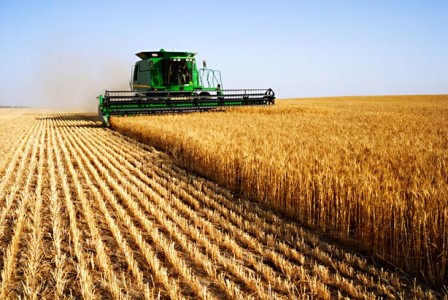Crop and livestock production prospects in southern Africa have been weakened by this year’s powerful El Nino, while the impact of El Nino on agriculture is also impacting northern Australia, parts of Indonesia and a wide swathe of Central America and Brazil.
 Impact of El Nino on Agriculture
Impact of El Nino on Agriculture
According to a special alert released by FAO’s Global Information and Early Warning System (GIEWS), the agency had already warned in March that the current El Nino would be strong, and it now appears to be the strongest episode in 18 years. It will peak at the start of 2016, before the usual harvest time for farmers in southern Africa.
El Nino is a naturally occurring phenomenon characterized by the abnormal warming of sea surface temperature in the central and eastern equatorial Pacific Ocean, according to FAO. It occurs every two to seven years and can last up to 18 months.
During these weather episodes, normal patterns of tropical precipitation and atmospheric circulation are disrupted, triggering extreme climate events around the globe.
South Africa has already declared drought status for five provinces, its main cereal producing regions, while Lesotho has issued a drought mitigation plan and Swaziland has implemented water restrictions as reservoir levels have become low.
Wholesale maize prices are up 50 per cent from a year earlier in South Africa, while retail maize prices have doubled in Malawi and Mozambique.
The likelihood of another poor season is troublesome as it comes on the heels of a poor one that has already depleted inventories, tightened supplies and pushed up local prices.
The impact of El Nino on Agriculture is also being felt elsewhere in Africa, with FAO field officers in Ethiopia reporting serious crop and livestock losses among farmers and pastoralists.
And beyond southern Africa, GIEWS analysis of El Nino-related conditions also points to agricultural stress in northern Australia, parts of Indonesia and a wide swathe of Central America and Brazil, according to the alert.
FAO as also issued a warning that there is an increased risk of Rift Valley fever especially in East Africa.
Outbreaks of RVF, which primarily affects sheep, goats, cattle, camels, buffaloes and antelopes, but can also be lethal to humans, are closely associated with periods of El Niño-linked heavy rainfall, which bolster habitats for the mosquitoes that carry the disease.

